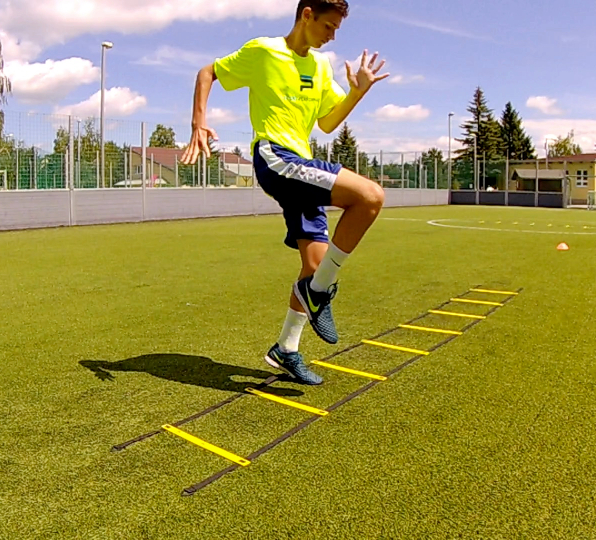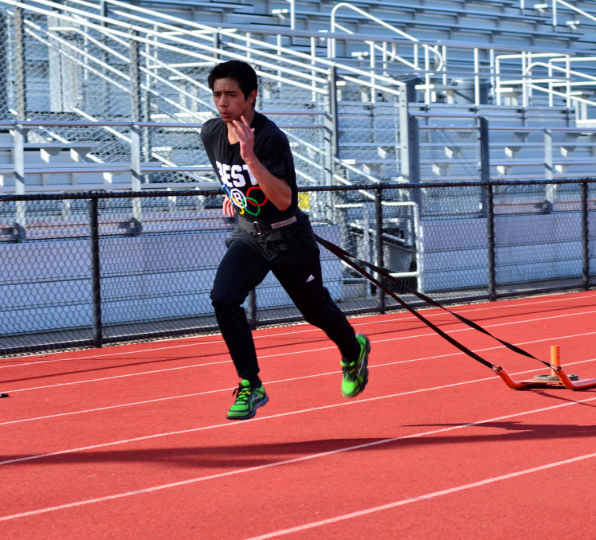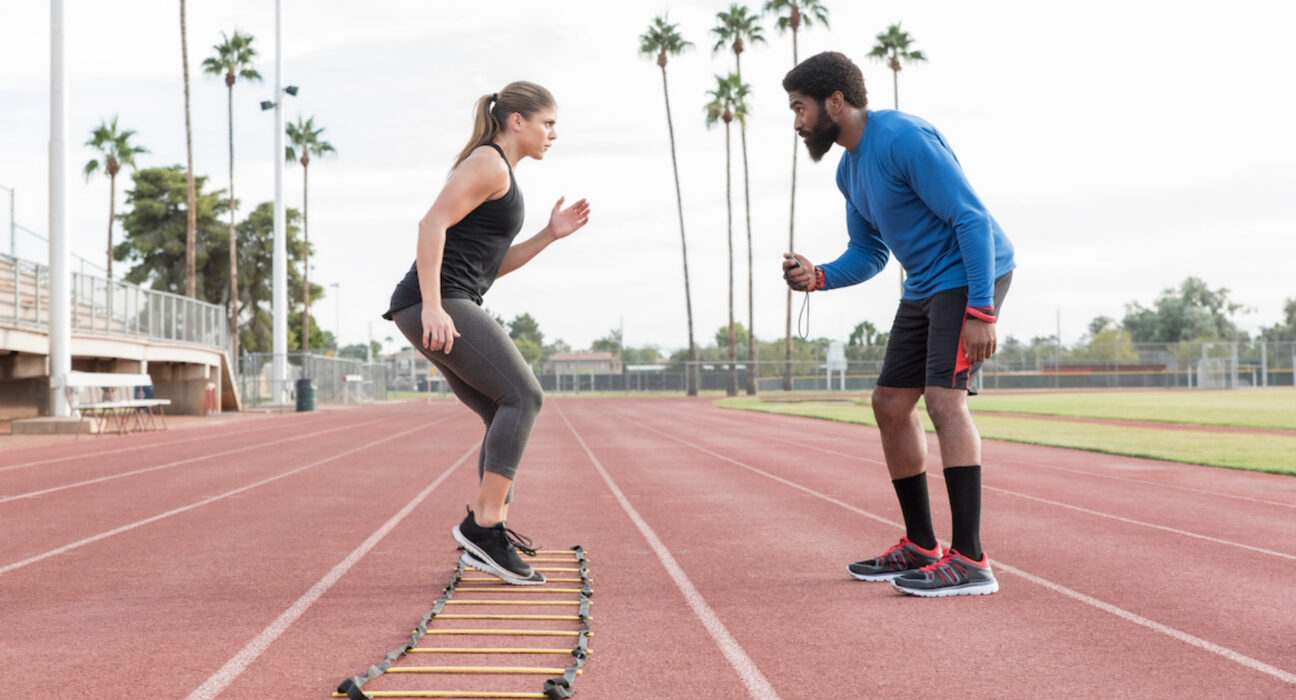Introduction:
The foundation of athletic performance is agility, which affects a person’s capacity for quick movement, direction changes, and control. Targeted agility drills are essential to include in your training program, regardless of your goals as a fitness enthusiast seeking to improve general agility or as an athlete seeking to improve sports-specific skills. This blog will discuss the importance of agility, examine the science underlying it, and offer a thorough rundown of agility exercises that will improve your speed and coordination.
1. Understanding the Importance of Agility
Agility is the capacity to quickly change direction, accelerate, and decelerate while keeping balance and control. It goes beyond simple speed. Agility is a key component of success in many sports and everyday activities. Enhancing agility can significantly improve performance in a variety of situations, including avoiding opponents on the field and maneuvering through crowded areas. It can also help prevent injuries.
2. The Science of Agility
Agility is a complex interplay of neuromuscular coordination, balance, and reaction time. It involves the integration of sensory input, processing it in the brain, and executing precise motor responses. Effective agility relies on the synchronization of the nervous system, muscles, and joints, making it a trainable skill that can be honed through targeted drills.
3.Cone Drills for Lateral Quickness
Practice lateral movements with a set of cones arranged in a grid or a straight line. Exercises like grapevine steps, side shuffles, and ladder drills are great for developing lateral quickness, which increases your capacity to move laterally quickly and precisely.
4.Pro Agility Shuttle (5-10-5 Drill)
The Pro Agility Shuttle, a mainstay of sports training, entails running five yards to one side, ten yards to the other, and then back to the starting position. This exercise improves your ability to accelerate, decelerate, and change direction.
5.T-Drill for Multi-Directional Agility
Set up cones in the shape of a “T” and perform sprints, shuffles, and backpedals along the T’s arms. This drill challenges athletes to quickly switch between forward, lateral, and backward movements, improving overall agility.
6. Reactive Agility Drills
Include response-based exercises that make use of visual or aural cues. For instance, respond to instructions from a training partner by sprinting, shuffle walking, or backpedaling as appropriate. This simulates real-world gaming situations where making decisions quickly is essential.
7. Jump Rope for Footwork and Timing
Exercises with a jump rope are easy to do but very effective at improving timing, footwork, and cardiovascular endurance. To improve coordination and agility, incorporate variations such as high knees, side-to-side jumps, and double-unders.
8. Balance and Stability Exercises
Agility is not solely about speed; balance and stability are integral components. Include exercises such as single-leg squats, Bosu ball drills, and stability pad exercises to enhance proprioception and overall stability.
9. Box Drills for Quick Changes in Direction
Cones can be used to make a box on the ground, and drills involving square movements can be done. Use diagonal movements, lateral shuffles, and forward sprints to mimic erratic direction changes.
10.Sprints with Directional Changes
Traditional sprinting is a fundamental aspect of agility training. To add a twist, integrate sudden changes in direction during sprints. This challenges your body to adapt quickly, enhancing your ability to accelerate and decelerate with precision.
11. Agility ladder for Rapid Footwork
Utilize an agility ladder to perform various footwork drills. High knees, lateral shuffles, and in-and-out movements enhance foot speed and coordination, laying the foundation for improved agility.
12. Cone Weave Drill for Dynamic Movement
Cones should be arranged in a zigzag pattern, and you should weave through them quickly and deliberately. This exercise improves cutting skills, strengthens the mind-body link that is essential for agility, and improves dynamic balance.


Conclusion:
Incorporating agility drills into your fitness routine is a dynamic and effective way to enhance speed, coordination, and overall athletic performance. Whether you’re an athlete looking to gain a competitive edge or someone seeking to improve your functional fitness, dedicating time to agility training can yield significant benefits. Remember, agility is a skill that can be developed and refined through consistent and purposeful practice. By integrating these agility drills into your training regimen, you’ll not only boost your physical capabilities but also enhance your ability to move with precision and control in any given scenario. Agility is the key to unlocking your full athletic potential and navigating the challenges of sports and daily life with finesse.












